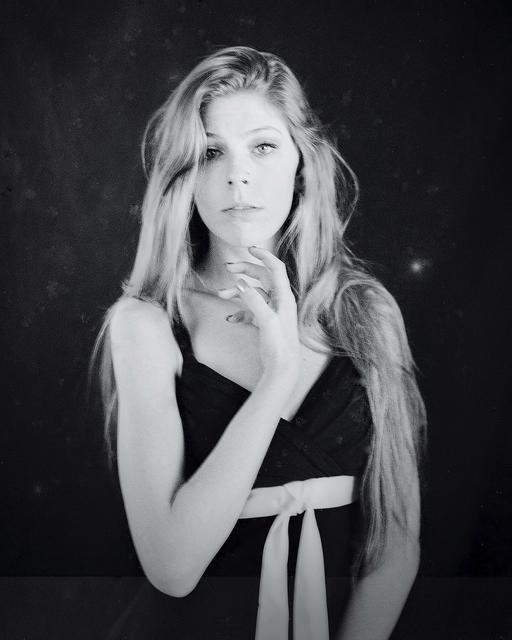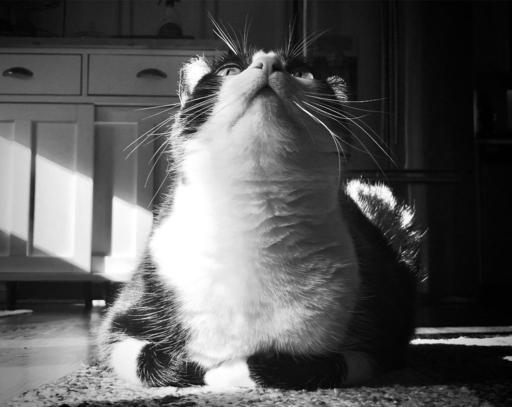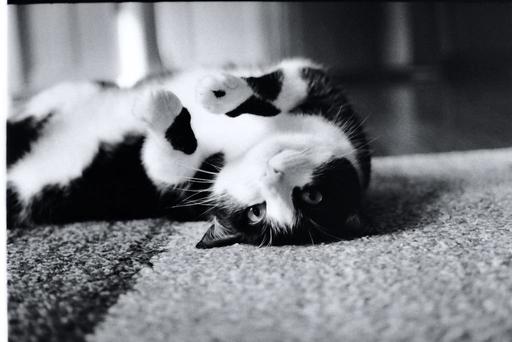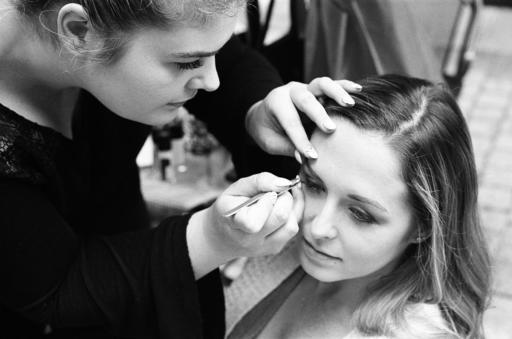Black and white portraits seem to reveal the very essence of our subjects.
During capture, try to create, clean, uncluttered compositions. Let the subject and the tones carry the image. Strong lighting can add drama to the image. And even though you have more latitude with dark areas in B&W photography, you will still want to have some fill on the weak side, or be prepared to open up those dark areas a bit in post production.
I prefer front lighting for women and side lighting with fill for men. But this is not a rule, just a personal preference. I recommend shooting in monochrome mode on your camera to help you visualize the tonality and composition. Capturing in RAW+Jpeg will give you both a monochrome and full color RAW file. So all of your options will be open.
Wide aperture settings with a 50mm - 135mm lens can give you more control of the depth of field and help flatten the subject's features just a bit. Of course, many great portraits have been captured with a 35mm lens at f/8. So it really depends on your style.
Pets make excellent portrait subjects as well. Their unique features often lend themselves well to Black & White photography. Plus, you can really push the tones since you don't have to worry about skin texture.
For post production, you can use the Black & White conversion tools in Photos for macOS, Lightroom, and Capture One Pro, if you want to start with a Raw file. If you're working with a monochrome Jpeg, just about anything will work.
Most of these Jpegs are still RGB files. So one cool trick for getting the tonal contrast you want is to play with the White Balance sliders for monochrome Jpegs. I know this doesn't make sense at first, but try it. This is a wonderful technique that works very well.
The Vignette tool is also helpful for B&W portraits. Move the sliders to the point where you first begin to notice the effect, then back them off just a bit. This gives you the benefit of a vignette without the tell-tale trace of one.
If you like to use brush tools, then sharpening the eyes while softening the skin and hair can be quite effective, depending on the composition.
And finally, at both capture and during post, don't be afraid of a little drama. You can get away with much more in Black and White than in color. Highlights can be pushed to little or no detail, and blacks can go nearly solid if you wish. Experiment and have fun.
Photos by Derrick Story.















